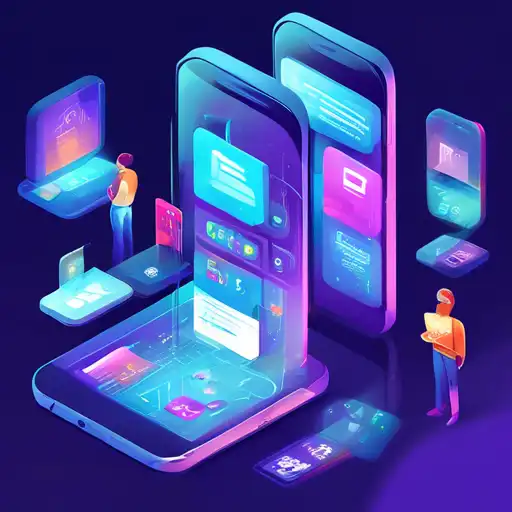Introduction to Mobile Development Trends
The mobile development landscape is continuously evolving, with new technologies and methodologies emerging at a rapid pace. As we look towards the future, several key trends are poised to shape the way developers create and users interact with mobile applications. This article explores these trends, offering insights into what's next for mobile development.
1. The Rise of 5G Technology
One of the most significant trends in mobile development is the adoption of 5G technology. With its ultra-fast speeds and reduced latency, 5G is set to revolutionize mobile app performance, enabling more complex and data-intensive applications. Developers are now focusing on leveraging 5G to enhance user experiences, from streaming high-quality video to enabling real-time multiplayer gaming.
2. Artificial Intelligence and Machine Learning
Artificial Intelligence (AI) and Machine Learning (ML) are becoming increasingly integral to mobile development. These technologies are being used to personalize user experiences, improve app functionality, and automate processes. From chatbots to predictive text, AI and ML are making apps smarter and more intuitive.
3. The Growth of Cross-Platform Development
Cross-platform development tools like Flutter and React Native are gaining popularity, allowing developers to write code once and deploy it across multiple platforms. This trend is not only saving time and resources but also ensuring a consistent user experience across devices.
4. The Importance of App Security
As mobile apps become more prevalent, security concerns are growing. Developers are now prioritizing secure coding practices and incorporating advanced security features to protect user data. From biometric authentication to end-to-end encryption, security is a top trend in mobile development.
5. The Integration of IoT and Mobile Apps
The Internet of Things (IoT) is expanding, and mobile apps are at the center of this growth. Developers are creating apps that can control and monitor IoT devices, from smart home appliances to wearable technology. This integration is opening up new possibilities for mobile applications.
6. The Shift Towards Minimalist Design
User interface (UI) and user experience (UX) design are shifting towards minimalism. Clean, simple designs with intuitive navigation are becoming the norm, as they enhance usability and improve app performance. This trend reflects the growing importance of design in mobile development.
Conclusion
The future of mobile development is bright, with emerging trends like 5G, AI, and cross-platform development leading the way. As these technologies continue to evolve, they will offer new opportunities for developers to innovate and improve the mobile experience. Staying ahead of these trends will be key to success in the ever-changing world of mobile development.
